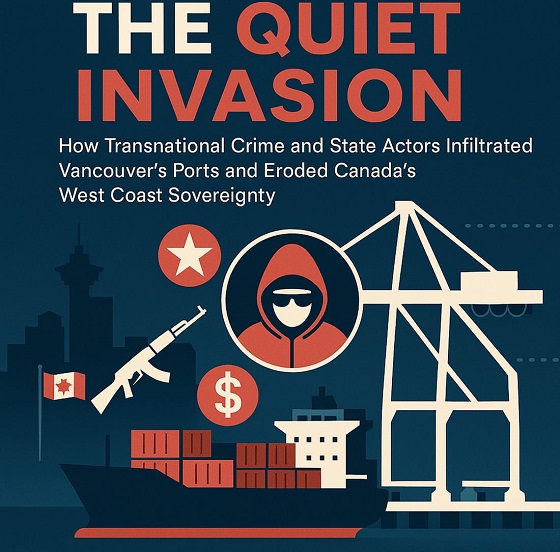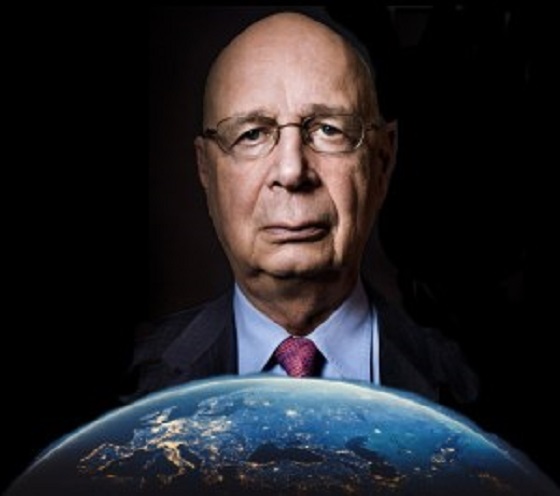Business
Government Subsidies and the Oil and Gas Industry
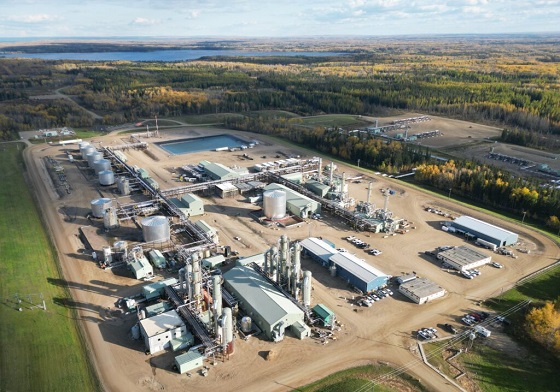
A look at Strathcona Resources Ltd.
Does the Canadian government subsidize companies operating in our oil and gas sector? According to research by science and technology journalist Emily Chung, between $4.5 billion and $81 billion of public funds are spent each year for assistance to the industry. But Chung notes how ambiguous definitions (what exactly is a subsidy?) mean that those numbers come with serious caveats.
I thought I’d make this discussion a bit more manageable by focusing on just one industry player: Strathcona Resources Ltd.
Strathcona is big. They produce around 185,000 barrels of oil equivalent each day and the company is currently ranked 98th among publicly traded companies in Canada in terms of market cap ($5 billion) and 88th for operating margin (21.59%).
The Audit does this work in part because paid subscribers share the load. Why not join, too?
What Is a Subsidy?
In the context of their report on the fossil fuel industry, the Department of Finance Canada asserts that “subsidies” can include:
- tax expenditures,
- grants and contributions,
- government loans or loan guarantees at favourable rates,
- resources sold by government at below-market rates
- research and development funding
- government intervention in markets to lower prices
The report defines tax expenditures as:
A type of tax measure, such as a preferential tax rate, exemption, deduction, deferral, or credit, with which the government aims to achieve public policy objectives through the tax system.
In the specific context of Strathcona, I could find no evidence that they’d received any direct public funding or “bailouts”. The government did recently announce a billion dollar partnership with the Canada Growth Fund (CGF) to build carbon capture and sequestration infrastructure, but that’s clearly an investment and not a subsidy. CGF is a Canadian arm’s-length crown corporation whose investments are managed by the Public Sector Pension Investment Board.
Strathcona’s 2023 Annual Report includes a reference to only one loan liability, but that had already been paid off and, in any case, wasn’t guaranteed by any level of government.
What Tax Benefits Does Strathcona Receive?
Many. The company’s annual report discusses its $6.1 billion “tax pool”. The pool is made up of deductions and credits that it can’t use this year, but that can be deferred for use in future years. Here’s how those break down:
The “Other Tax Deductions” item includes the Scientific Research and Experimental Development (SRED) deduction. That represents amounts spent on SRED-eligible research that companies can deduct from their payable taxes.
What Grant Funding Does Strathcona Receive?
Open Government data reports that only two federal grants were awarded to Strathcona, both in 2023. The first, worth $3.2 million, came from Natural Resources Canada as part of their Energy Innovation Program. Its purpose was development of Lindbergh Semi-Closed Cycle Flue Gas Recirculation and Carbon Capture.
The second grant was worth $12.5 million. It involved Environment and Climate Change Canada looking for an Orion Organic Rankine Cycle Waste Heat Recovery and Power Generation Project.
What Benefits Do Governments Receive From Strathcona?
Government subsidies don’t exist in a vacuum. As a rule, it’s assumed that subsidies to the private sector work as an investment whose primary payback is in profitable economic activity. Governments can also enjoy direct benefits.
In 2023, for example, Strathcona paid more than $405 million in crown royalties to provincial governments. They also spent $2.4 billion as operating expenses that included labor, energy costs, transportation, processing, and facility maintenance. Most of that money was spent in Canada.
A very rough estimate would suggest that total annual personal income taxes generated by people employed by Strathcona would be somewhere around $14 million. Vendors might pay another $13 million in corporate taxes.
There are also indirect benefits. For instance, those with jobs around the oil patch are, obviously, not unemployed and receiving EI benefits.
We could also take into account the larger impact Strathcona has on the general economy. Think about the food, shelter, clothing, and entertainment spending done by the families of Strathcona (and their vendors’) employees. That money, too, performs important social and economic service.
So does Strathcona receive more from government subsidies than the money they feed back into government accounts? Well, the $405 million in crown royalties are likely annual payments, as are the $27 million paid as income taxes. That’s what governments get. On the other side of the balance sheet, there is the $6.1 billion in deferred taxes and $16 million in grants. Those will probably be amortized over multiple years.
But does the word “subsidy” really describe tax benefits in any useful way? After all, there’s no company in all Canada – my own company included – that doesn’t deduct legitimate business expenses. And each and every Canadian receives similar benefits whenever they file their T1. For illustration, a Canadian whose total income happened to match the national average ($55,600) pays around $5,600 less in taxes each year due to various deductions and credits – including the basic personal amount.
Does that mean we’re all receiving government subsidies? There’s nothing wrong with thinking about it that way, but it does kind of strip the word of any real meaning.
Now you could reasonably argue that $6 billion is an awful lot of deferred tax, especially for a company with a 22% operating margin. And you could look to the tax code’s complexity for answers as to how this could have happened. But that’s not a subsidy in any coherent sense.
Think the tax code should be reformed? The line forms right behind me. However, the problem with playing around with the tax code is that changes apply to everyone, not just Strathcona or some other preferred target. Successfully anticipating how that might play out in dark and unanticipated ways isn’t the kind of thing for which governments are famous.
The Audit does this work in part because paid subscribers share the load. Why not join, too?
Business
RFK Jr. says Hep B vaccine is linked to 1,135% higher autism rate

From LifeSiteNews
By Matt Lamb
They got rid of all the older children essentially and just had younger children who were too young to be diagnosed and they stratified that, stratified the data
The Centers for Disease Control and Prevention (CDC) found newborn babies who received the Hepatitis B vaccine had 1,135-percent higher autism rates than those who did not or received it later in life, Robert F. Kennedy Jr. told Tucker Carlson recently. However, the CDC practiced “trickery” in its studies on autism so as not to implicate vaccines, Kennedy said.
RFK Jr., who is the current Secretary of Health and Human Services, said the CDC buried the results by manipulating the data. Kennedy has pledged to find the causes of autism, with a particular focus on the role vaccines may play in the rise in rates in the past decades.
The Hepatitis B shot is required by nearly every state in the U.S. for children to attend school, day care, or both. The CDC recommends the jab for all babies at birth, regardless of whether their mother has Hep B, which is easily diagnosable and commonly spread through sexual activity, piercings, and tattoos.
“They kept the study secret and then they manipulated it through five different iterations to try to bury the link and we know how they did it – they got rid of all the older children essentially and just had younger children who were too young to be diagnosed and they stratified that, stratified the data,” Kennedy told Carlson for an episode of the commentator’s podcast. “And they did a lot of other tricks and all of those studies were the subject of those kind of that kind of trickery.”
But now, Kennedy said, the CDC will be conducting real and honest scientific research that follows the highest standards of evidence.
“We’re going to do real science,” Kennedy said. “We’re going to make the databases public for the first time.”
He said the CDC will be compiling records from variety of sources to allow researchers to do better studies on vaccines.
“We’re going to make this data available for independent scientists so everybody can look at it,” the HHS secretary said.
— Matt Lamb (@MattLamb22) July 1, 2025
Health and Human Services also said it has put out grant requests for scientists who want to study the issue further.
Kennedy reiterated that by September there will be some initial insights and further information will come within the next six months.
Carlson asked if the answers would “differ from status quo kind of thinking.”
“I think they will,” Kennedy said. He continued on to say that people “need to stop trusting the experts.”
“We were told at the beginning of COVID ‘don’t look at any data yourself, don’t do any investigation yourself, just trust the experts,”‘ he said.
In a democracy, Kennedy said, we have the “obligation” to “do our own research.”
“That’s the way it should be done,” Kennedy said.
He also reiterated that HHS will return to “gold standard science” and publish the results so everyone can review them.
Business
Elon Musk slams Trump’s ‘Big Beautiful Bill,’ calls for new political party
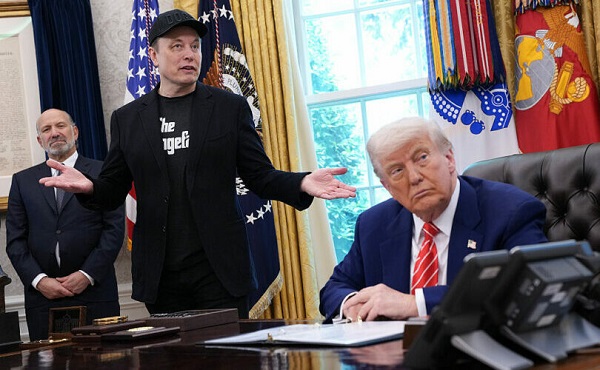
From LifeSiteNews
By Robert Jones
The Tesla CEO warned that Trump’s $5 trillion plan erases DOGE’s cost-cutting gains, while threatening to unseat lawmakers who vote for it.
Elon Musk has reignited his feud with President Donald Trump by denouncing his “Big Beautiful Bill” in a string of social media posts, warning that it would add $5 trillion to the national debt.
“I’m sorry, but I just can’t stand it anymore. This massive, outrageous, pork-filled Congressional spending bill is a disgusting abomination. Shame on those who voted for it: you know you did wrong. You know it,” Musk exclaimed in an X post last month.
I’m sorry, but I just can’t stand it anymore.
This massive, outrageous, pork-filled Congressional spending bill is a disgusting abomination.
Shame on those who voted for it: you know you did wrong. You know it.
— Elon Musk (@elonmusk) June 3, 2025
Musk renewed his criticism Monday after weeks of public silence, shaming lawmakers who support it while vowing to unseat Republicans who vote for it.
“They’ll lose their primary next year if it is the last thing I do on this Earth,” he posted on X, while adding that they “should hang their heads in shame.”
Every member of Congress who campaigned on reducing government spending and then immediately voted for the biggest debt increase in history should hang their head in shame!
And they will lose their primary next year if it is the last thing I do on this Earth.
— Elon Musk (@elonmusk) June 30, 2025
The Tesla and SpaceX CEO also threatened to publish images branding those lawmakers as “liars.”
Trump responded on Truth Social by accusing Musk of hypocrisy. “He may get more subsidy than any human being in history,” the president wrote. “Without subsidies, Elon would probably have to close up shop and head back home to South Africa… BIG MONEY TO BE SAVED!!!”
( @realDonaldTrump – Truth Social Post )
( Donald J. Trump – Jul 01, 2025, 12:44 AM ET )Elon Musk knew, long before he so strongly Endorsed me for President, that I was strongly against the EV Mandate. It is ridiculous, and was always a major part of my campaign. Electric cars… pic.twitter.com/VPadoTBoEt
— Donald J. Trump 🇺🇸 TRUTH POSTS (@TruthTrumpPosts) July 1, 2025
Musk responded by saying that even subsidies to his own companies should be cut.
Before and after the 2024 presidential election, Musk spoke out about government subsidies, including ones for electric vehicles, stating that Tesla would benefit if they were eliminated.
This latest exchange marks a new escalation in the long-running and often unpredictable relationship between the two figures. Musk contributed more than $250 million to Trump’s reelection campaign and was later appointed to lead the Department of Government Efficiency (DOGE), which oversaw the termination of more than 120,000 federal employees.
Musk has argued that Trump’s new bill wipes out DOGE’s savings and reveals a deeper structural problem. “We live in a one-party country – the PORKY PIG PARTY!!” he wrote, arguing that the legislation should be knows as the “DEBT SLAVERY bill” before calling for a new political party “that actually cares about the people.”
It is obvious with the insane spending of this bill, which increases the debt ceiling by a record FIVE TRILLION DOLLARS that we live in a one-party country – the PORKY PIG PARTY!!
Time for a new political party that actually cares about the people.
— Elon Musk (@elonmusk) June 30, 2025
In June, Musk deleted several inflammatory posts about the president, including one claiming that Trump was implicated in the Jeffrey Epstein files. He later acknowledged some of his comments “went too far.” Trump, in response, said the apology was “very nice.”
With the bill still under Senate review, the dispute underscores growing pressure on Trump from fiscal hardliners and tech-aligned conservatives – some of whom helped deliver his return to power. Cracks in the coalition may spell longer term problems for the Make America Great Again movement.
-

 Business7 hours ago
Business7 hours agoRFK Jr. says Hep B vaccine is linked to 1,135% higher autism rate
-

 Alberta1 day ago
Alberta1 day agoAlberta Independence Seekers Take First Step: Citizen Initiative Application Approved, Notice of Initiative Petition Issued
-

 Crime20 hours ago
Crime20 hours agoNational Health Care Fraud Takedown Results in 324 Defendants Charged in Connection with Over $14.6 Billion in Alleged Fraud
-

 Crime2 days ago
Crime2 days agoSuspected ambush leaves two firefighters dead in Idaho
-

 Health19 hours ago
Health19 hours agoRFK Jr. Unloads Disturbing Vaccine Secrets on Tucker—And Surprises Everyone on Trump
-
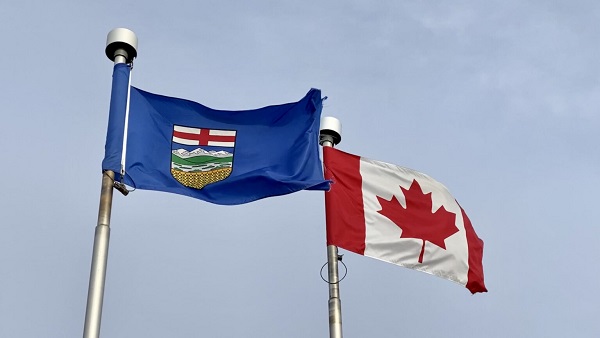
 Alberta1 day ago
Alberta1 day agoWhy the West’s separatists could be just as big a threat as Quebec’s
-

 Business2 days ago
Business2 days agoCanada Caves: Carney ditches digital services tax after criticism from Trump
-
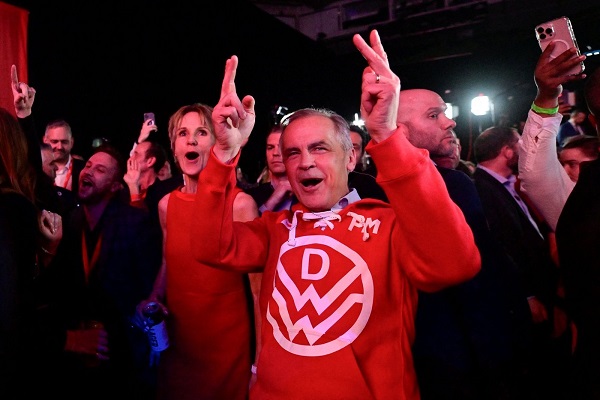
 Bruce Dowbiggin1 day ago
Bruce Dowbiggin1 day agoThe Game That Let Canadians Forgive The Liberals — Again



